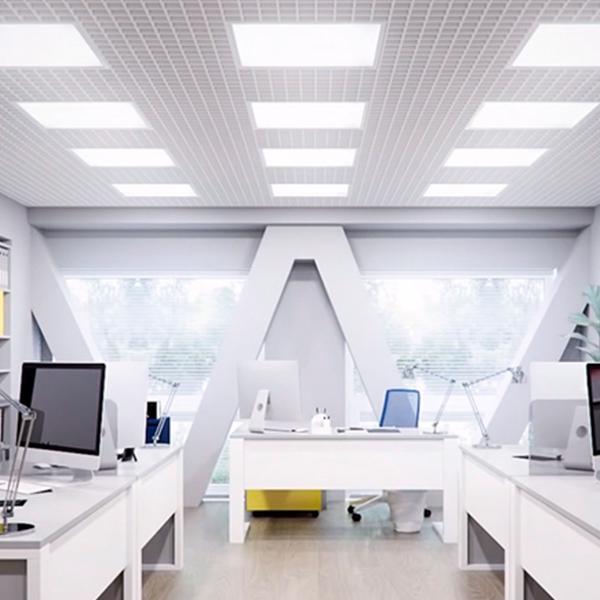Shoebox lights, named for their resemblance to classic shoe boxes, have been used for decades to illuminate outdoor
Spaces such as parking lots and streets. With the rise of LED technology, these lamps have also undergone
revolutionary improvements, and if you are considering the replacement and upgrade of outdoor lamps,
here is what you need to know about LED shoebox lights:
LED shoebox light features:
Energy conservation
Upgrading traditional outdoor lighting to LED shoebox lamps can save significant energy. Unlike traditional shoebox lights, the LED
version consumes much less electricity. 300 watt LED shoebox lights can replace 2000 watt HPS or MH shoebox lights.
High Brightness
High brightness, up to 150lm per watt, compared to 90lm per watt or less for some old models of LED shoebox and just 10lm for incandescent.
Multiple Functions:
1. It has 0-10V dimming function, which can adjust the brightness of the light
2. Improved heat dissipation with advanced heat sinks.
3. Integrated motion sensors, photocells, or other intelligent energy management systems.
Mounting Options:
Another factor to consider when choosing LED shoebox lights is the type of installation. Different types of light poles or walls have different
types of mounting mounts. Here are some common options:
• Arm mounting or direct mounting: This type of mounting uses two bolts directly attached to the pole or wall. It has a clean, clean look,
but less flexibility in adjusting the Angle of the light.
• Slide mount or slide mount: This is a mount that slides into a standard 2 3/8 inch light pole. It has more flexibility in adjusting the Angle of
the light, whether it is horizontal or vertical. It is ideal for LED playground lights or LED parking lot lighting.
• Yoke mounting or trunnion mounting: This type of mounting uses two bolts directly attached to a rod or other surface. This installation is
versatile, but requires a strong metal pole or facade to support the weight of the luminaire.
• Wall mount or flat stand: This is a stand that allows LED shoebox lights to be mounted on a building. It can withstand higher power than
ordinary wall lamps.
Understanding Beam Angles in LED Shoebox Lights
Beam angles determine the spread of light. For instance:
T3 Beam Angle: A standard option that offers around 140 degrees width and 90 degrees forward. Suitable for general applications like parking lots or sidewalks.
T2 Beam Angle: This narrower beam is ideal for street lighting, ensuring a concentrated light spread across the road.
60-degree Beam Angle: Best for sports arenas or any environment that necessitates a focused light beam.
Choose the Right Color Temperature for LED Shoebox Lights
LED shoebox lights available in a variety of colors:
3000K: Warm white tone similar to bedroom lighting. Perfect for churches or places that like a cozy atmosphere.
4000K: Simulates natural daylight to provide clear and bright lighting suitable for the workplace.
5000K: Pure white lighting, perfect for large outdoor Spaces. This is the most recommended and widely used color.
Some tips for buying led shoebox lights:
• Make sure you need lumens, not watts. Lumens measure the amount of light produced by the fixture, while watts measure the amount of electricity
consumed by the fixture. You should choose an LED shoebox light that provides enough lumens for your area, regardless of its wattage.
• Determine if a photocell is needed. A photocell is a sensor that detects ambient light levels and automatically turns the light on or off. It can help you
save energy and extend the life of your lamp.
• Check what type of bracket you need.









